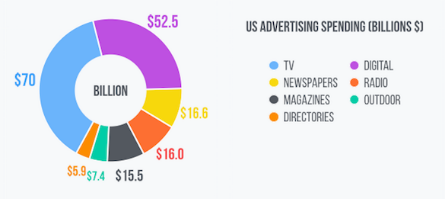An 11-step guide to finding an app developer – StartupSmart

As with any business process, when it comes to app development, there are some hard-learned ‘dos’ and ‘don’ts’. When it involves selecting and working with an outside app developer, there’s potential for a whole other layer of complexity.
That’s why we always recommend creating a detailed, step-by-step checklist of best practices to follow in identifying and evaluating external app developers to partner with. It’s a process template that goes beyond just the technical requirements of the project.
That checklist should, first and foremost, be specific to your business and your needs. But there are essential elements you should include that are hallmarks of a solid, smart app procurement process:
1. Do a needs assessment
Before you can begin assessing app developers, you’ve got to determine your own actual needs. That part of the process ought to include every internal stakeholder impacted by (potential) app development, right up to senior sign-off, so there’s alignment about the actual need, features, technical specifics, timeline and budget.
Being able to quickly assess exact needs and application deliverables is why we provide our own customers with a rapid strategy and idea validation process specifically designed to ensure and expedite this part of any app development program.
2. Determine the developer relationship
There are plenty of low-cost app developers who’ll gladly compete mainly on price – and often provide strictly off-the-shelf solutions. So, you need to decide what’s better for your business: a developer who’s happy to play the part of quick-turn outsourcing vendor, or one who truly partners with your enterprise, acting more as an extension of your own team, thus acquiring a better understanding of your process, your integration needs and ultimate goals. Note: at Appster, we’ve taken the latter route, and our customers and we have never had reason to regret it.
3. Create a customized questionnaire

Never default to a “standardised” request for proposal that might have been used for prior procurements: make certain your request or questionnaire for prospective vendors is specific and explicit about the app development project at hand.
4. Establish complete criteria
Lay out the requisites that each applicant needs to meet, and be as specific as necessary. But also be clear about who is responsible for meeting specific criteria: which are the responsibility of the overall company or studio, of the team that would service you, or even of individuals like team leads?
5. Gather developer profiles
You’ll obviously want to review the information and references each prospective supplier provides, but do your own legwork to explore their reputation and track record by checking industry sites, scanning social media, even visiting workplace review sites like Glassdoor.com, assembling as complete a picture as possible.
6. Cover every angle
Beyond the obvious aspects of your app development project – costs, the vendor’s track record and other bona fides – don’t neglect asking questions about other critical topics. What IP and confidentiality arrangements do they have in place? What certifications have they earned? How will they ensure security for your project? Do they themselves outsource services involved with your project? Who to?
7. Open a dialogue
The more complex the procurement demand, the more important it becomes to have a flexible, dialogue-driven RFP process. Hiring a janitorial firm, for example, is leagues apart from awarding an app development project, since that app may have a profound impact on your IT infrastructure, your customers, your future prospects and your bottom line. Having a process that invites feedback and generates specific answers is vital to picking the right developer.
8. Tour your shortlist
Once you’ve shortlisted the best prospective developers, meet them in person, if possible, to sound them out even more thoroughly. That’s obviously not feasible if they’re offshore, but even a Skype call can give you the opportunity to assess them face-to-face. This part of the process should include interviews with key members of the development team that’ll be working on your business, and you’re well within your rights to ask for code samples or walkthroughs. Be certain to meet the actual developers who’ll be working on your project, not just their sales/customer management team.
9. Know if they’re outsourcing
It’s not uncommon to find that outside developers are outsourcing the work themselves, and that can be a serious concern if they’re handling sensitive IP or proprietary material, or anything you’ve had to license from a third party. Demand absolute transparency from a vendor about who’s doing what work, and what may or may not be getting handed off to subcontractors.
10. Test them out
If possible, give your finalist(s) a pilot job so they can prove their mettle, and where you and they can work out integration wrinkles before awarding them a bigger project.
11. Find a procurement partner
Should the entire process seem too complex and intensive for you or your in-house team, consider hiring a freelance procurement or purchasing agent who specialises in software and apps.
Do you know more on this story or have a tip of your own? Raising capital or launching a startup? Let us know. Follow StartupSmart on Facebook, Twitter, and LinkedIn.

